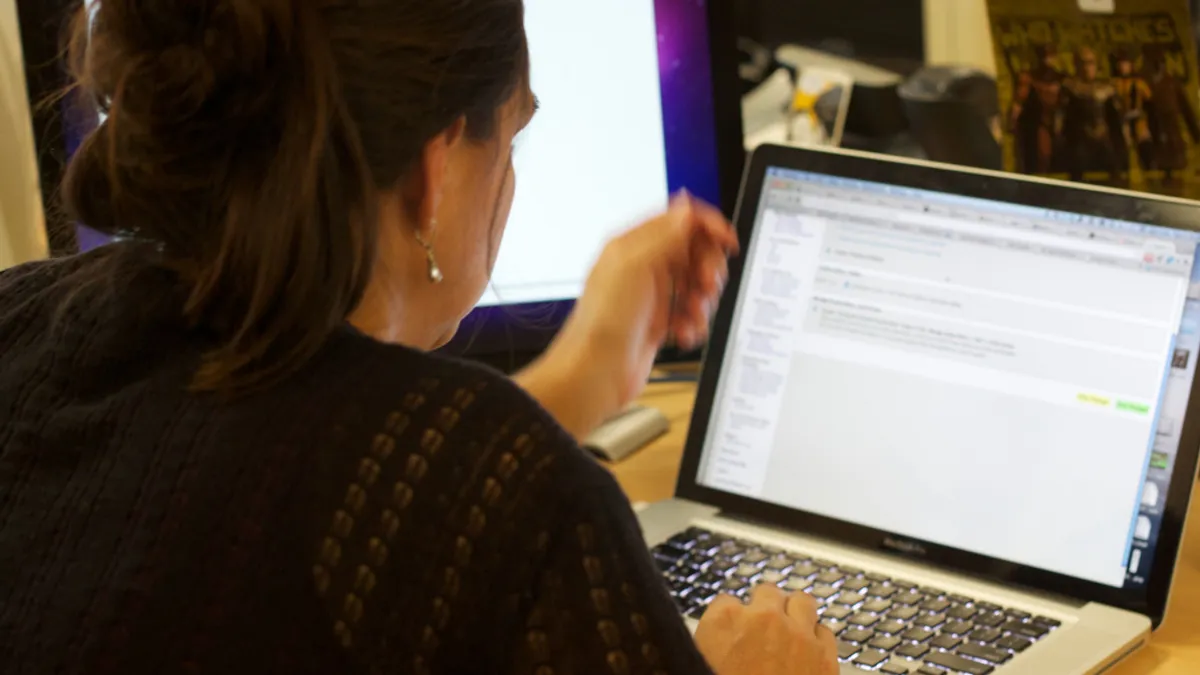Dive Brief:
- Duke University and San Jose State University are two institutions which have broadened research and teaching capacity through distance communication technology. Video conferencing has allowed both schools to expose students to professional development opportunities and outreach to domestic and international partner institutions.
- Michigan State University takes the distance learning model to new heights with robotic training tools which accompany long-distance instruction and research work.
- In tandem with online learning platforms like MOOCs, schools like Harvard University are expanding content delivery to international audiences with real-time capacity to share and utilize information exposed through the tools.
Dive Insight:
Tele-instruction has become the emerging tool in higher education for teaching and learning models, and also has become a useful asset in secondary education for learning models and healthcare alternatives for low-income students. For the institutions which can afford the infrastructure for cameras, recording space, and technical staff to support these systems, the benefits in revenue and marketing can reap great dividends.
But in many ways, online learning delivery has to work more efficiently and with greater care when lessons involve low-income or continuing learners who may not be familiar with the technology, or how it is used in teaching and assessment. Cultivating relationships with consultants and mentors who can assist in course design and delivery could be an option for schools seeking to build their online learning profile.












